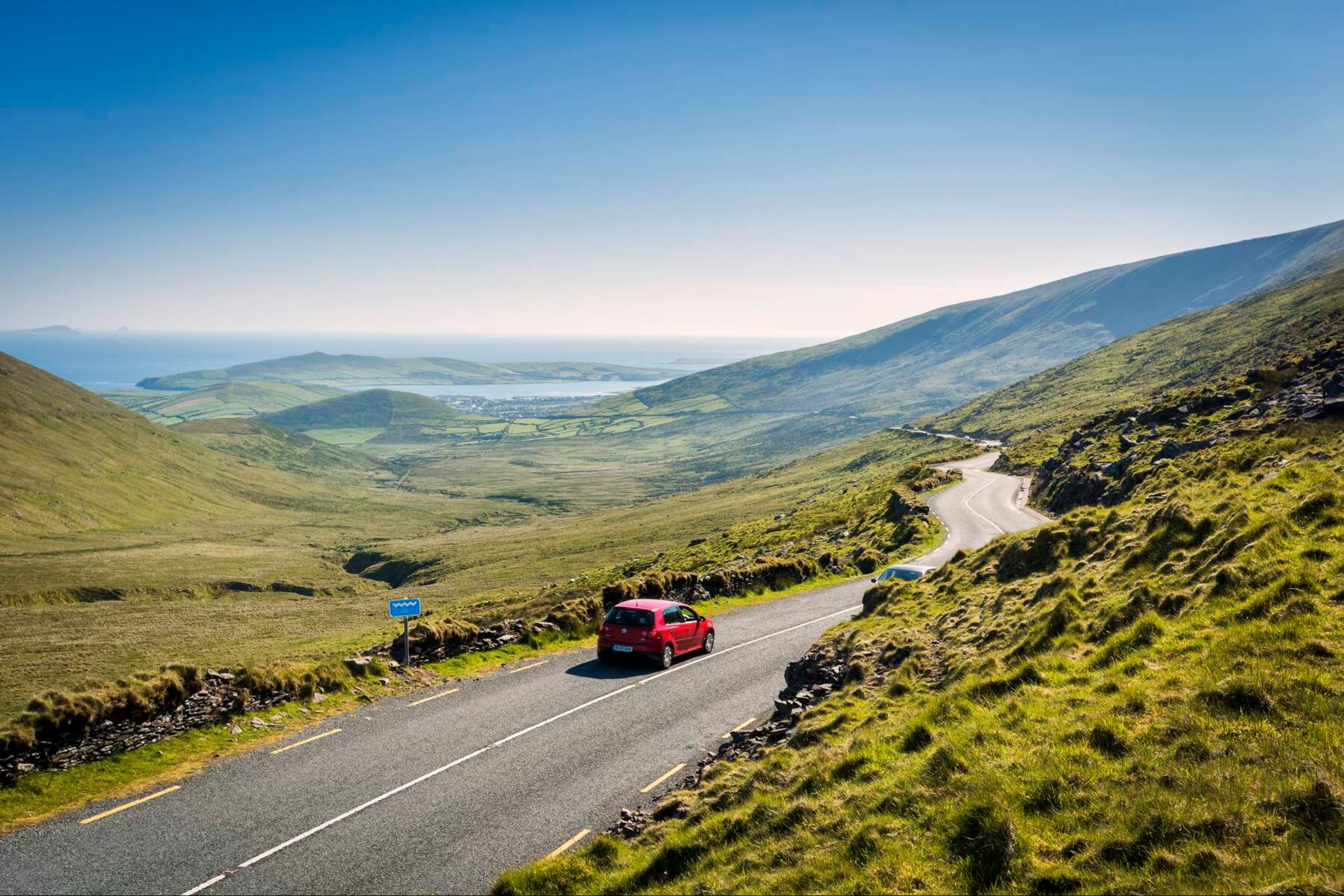Santa Cruz Architectural Styles

California’s Santa Cruz Architectural Styles have become historical icons, which the area proudly preserves with a great deal of care. There have been many eras that have left an indelible mark behind on the buildings, homes, and structures around the city. A little flavor of all the eras remains as an undeniable element of the city’s long and varied history.
Santa Cruz, CA was established largely for the sake of a Franciscan Mission and a Spanish garrison. The mission was built in 1791 and the garrison was erected in 1793. The Franciscan Mission was relocated to the Mission Hill area where it still stands today due to flooding issues precipitated by the San Lorenzo River. The founders of the mission fashioned it in a baroque manner as they were accustomed to. It was constructed with the plaza as its central focus forming almost a triplex around the plaza. The style heralds to those seen around Mexico and Spain. The mission is basically an adobe construction with deep layers of wall in the interior. This simplistic design was adopted due to the utilization of Indian laborers lacking extensive construction knowledge. Decorative bell towers and deep piers surround the structure to present day.
Some of the earliest structures to be erected throughout Santa Cruz were home constructed in a non-decorative, rectangular shape. Wooden boards were used to side these basic homes of the area. They were very popular around the Pioneer age dating back as far as 1850. Sylvar Street still has a house from this time period that stands as an example of the architectural era.
From 1850-1890 homes and office building went through many transitions and Santa Cruz Architectural Styles evolved, celebrating different periods of styling such as: Greek Revival, Gothic Revival, Italianate, Stick, Eastlake, Romanesque, Queen Anne, Colonial Revival, and Shingle. A Greek Revival home reflected an all American taste in construction. Though the construction had large pillars like Greek styling, and big porches this style could be see throughout the country during its era. The Gothic Revival showcased churches and building with very sharp edges and interesting detail much like the Gothic structures in Europe. The Italianate Period boasted buildings that were big and had large windows and a covered porch around the front. This style was indicative of The Renaissance Period in Italy. Both the Stick and Eastlake styles of homes had large windows and porches or verandas outdoors.
The Romanesque structures were quite popular for businesses. Miniature columns that are clustered along with rock fronts are strong characteristics of these buildings. The Queen Anne is a very lovely Victorian looking structure. Homes in this style were fashioned with turrets on the side of the homes with decorative chimneys and an overall ornate look. The Colonial Revival yielded buildings and homes that much in common with American homes of the Revolution War era. There was a resurgence of American pride as they pushed westward gaining more territory, and a tendency to emulate past American style developed. The Shingle style much like its name boasted homes with subdued shingles to line the exterior of the home instead of siding. These homes were still very large in appearance, yet understated in d’ecor on the exterior, and all indicative of Santa Cruz Architectural Styles.
For a home or structure to be of historical significance in the Santa Cruz area it generally has to be at least fifty years old. This is in keeping step with the requirements of the National Registry, even though it isn’t implicitly stated in the California state register. However, there are exceptions and if births of historical figures, major historical events, religious constructions, or cemeteries are involved sometimes the building can be deemed historical having not yet approached fifty years of age.







